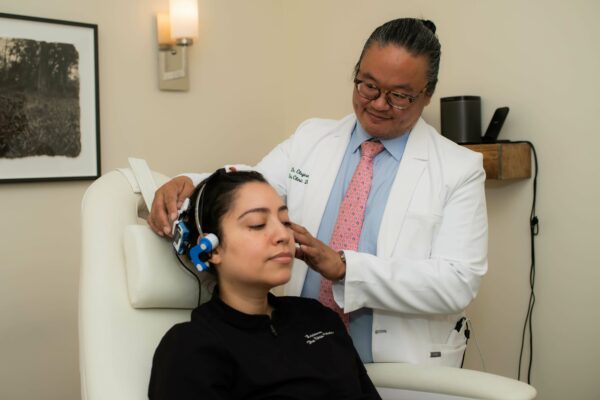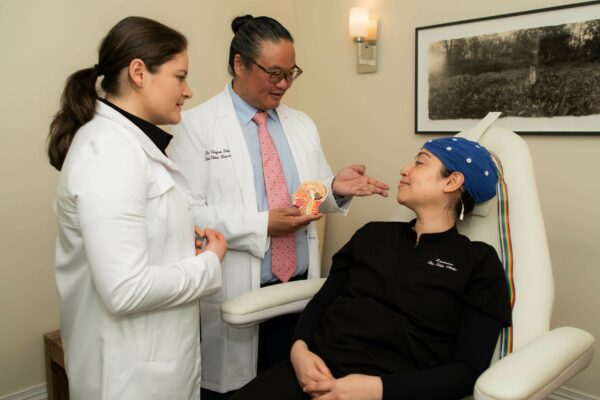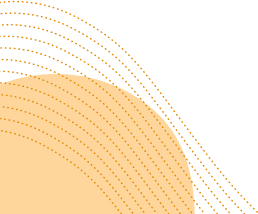
PBM Therapy with Our ReGen Pod
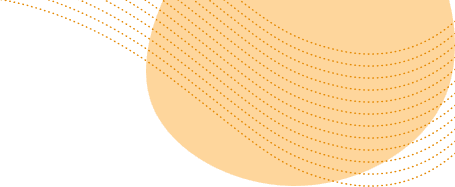
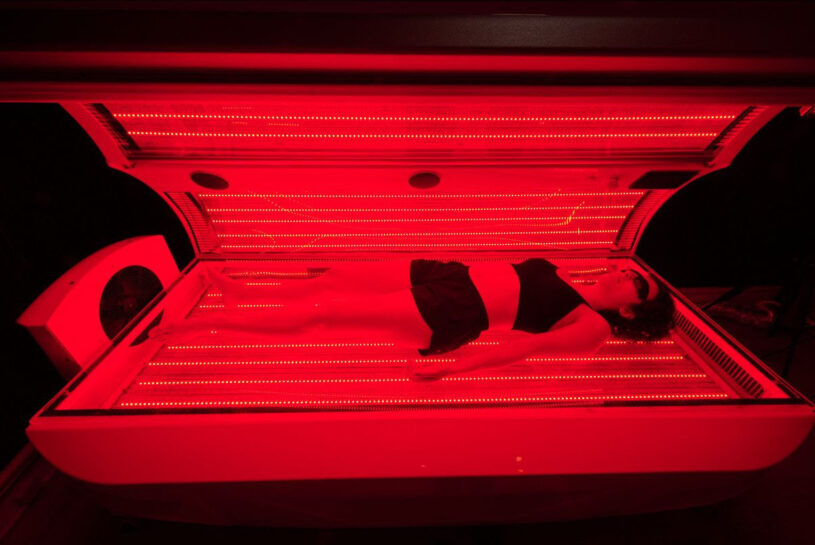
Thank you for your enthusiastic response to our ReGen Pod/photobiomodulation (PBM) newsletter. Many of you called and emailed us with questions about the treatment that we hope to answer here. We encourage you to keep reaching out to us with any other inquiries about how PBM light therapy might benefit your health concerns or overall wellness and immunity.
Here are answers to some of your most frequently asked questions.
Is PBM a completely experimental treatment?
No. PBM (formerly LLLT, or low-level laser/light therapy) was discovered in 1967. Its effectiveness has since been supported by over 500 randomized clinical studies.
Is photobiomodulation therapy safe?
Yes, PBM is a safe therapy. Clinicians are interested in learning more about its applications and potential as an alternative to pharmacological drugs for certain conditions. Some even speculate whether it’s time to consider photobiomodulation as a drug equivalent.
Are there any side effects?
After 30 years of research, clinicians have not discovered any major side effects of PBM therapy. However, some new users may temporarily experience minor side effects:
- Headache- potentially caused by increased circulation and reactivated neural connections
- Fatigue- potentially caused by increased cellular activity. Many patients, however, report feeling energized after a ReGen Pod session.
- Dry Mouth- potentially caused by increased kidney function
Is the ReGen Pod beneficial if I'm generally healthy?
Yes. PBM is excellent for post-workout muscle recovery, for example. Professional athletes have been ahead of the curve in using light therapy to enhance performance and recuperate from injury.
The body is made up of cells that divide to produce new cells for the growth and repair of tissues. Cell efficiency decreases in our 20s, effectively kickstarting the aging process. On average, human cells divide only 50-70 times throughout a lifetime. PBM increases ATP, which is the source of energy for our cells. This not only enhances cell efficiency, but prevents apoptosis (cell death). In this way, light therapy can slow the aging process and improve overall health and well-being. In healthy patients of all ages, PBM has been shown to increase regional cerebral blood flow, tissue oxygenation, and improve memory, mood, and cognitive function.
For what conditions and treatments is PBM therapy most commonly used?
- Hair loss
- Dermatological treatments for facial aging, acne, rosacea, hyperpigmentation, and other skin conditions
- Weight loss/increasing metabolism
- Pain
- Inflammation
- Arthritis
- Dental pain/surgical wounds
How does PBM work for pain?
Photobiomodulation therapy has proven to benefit many different types of acute and chronic pain, including but not limited to: muscle/bone/joint/tendon pain, fibromyalgia pain, orthodontic pain, arthritic pain, etc. PBM combats pain on both stimulatory and inhibitory fronts. That is, it can both reduce pain/inflammation, and promote wound healing/tissue regeneration. Clinicians often use smaller PBM lights to treat pain in localized areas, but research suggests that optimal pain relief is achieved when light is applied directly to the brain by shining it on the head. The full-body PBM pod is more effective than previous light therapies because it recognizes that the body’s systems work wholistically.
Can the ReGen Pod help my particular ailment?
Because PBM streamlines cellular function and production, this form of light therapy is potentially beneficial for any health condition. Please feel free to ask any and all questions during your initial consultation with one of our trained staff members.
How does PBM work for neurological disorders like Parkinson’s, stroke, and impaired memory?
Parkinson’s Disease (PD)
Parkinson’s disease affects many of the body’s systems, but is characterized by the loss of dopamine-producing brain cells. Photobiomoduation can help prevent deterioration of these cells. The accepted treatment for Parkinson’s is dopamine replacement, which helps motor symptoms, but does not modify the course of the disease. Our PBM trial aims to treat some of the root causes of PD.
Stroke/Traumatic Brain Injury/Memory and Cognition
Photobiomodulation (PBM) employs red or near-infrared (NIR) light to stimulate healing, protect tissue from dying, increase mitochondrial function, improve blood flow, and increase tissue oxygenation. PBM can also act to reduce swelling, increase antioxidants, decrease inflammation, prevent cells from dying, and help the brain repair itself. Clinical studies have been conducted in patients suffering from the chronic effects of brain injury. Following PBM treatments, patients have shown improvement in executive function, working memory, and sleep.
Please contact us at 646-350-0165 or reception.shiu@gmail.com if you are interested in booking an appointment and/or joining our clinical trial for patients with stroke, Parkinson’s, MS, ALS, and other similarly profound neurological disorders. Participants in our clinical trial will receive treatment at deeply discounted rates. We’ve updated our pricing in hopes that more patients will be able to take advantage of the ReGen Pod.
More from Our News
Join us at our next upcoming seminar
Speech Paralysis and Left Hemisphere Module
Part of the Nanopuncture Seminar Series
date & location
June 22-23, 2024
Pacific College of Health and Science | 14 NCCAOM & CA CEUs
New York, NY


